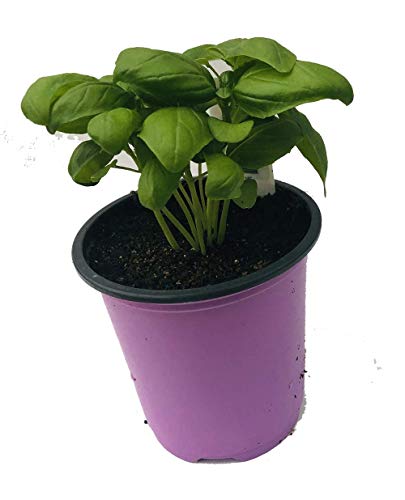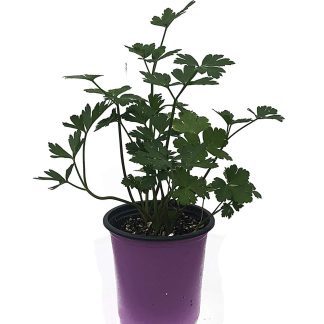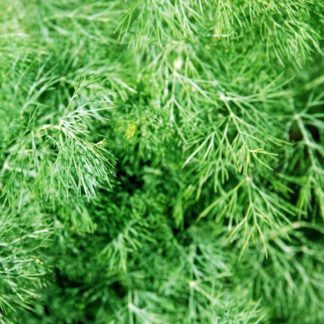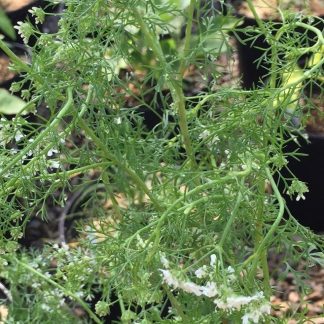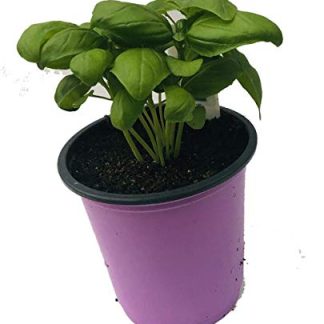Description
Sweet Italian Basil: The Classic Herb That Brings Your Cooking to Life
Sweet Italian basil (Ocimum basilicum) is more than just a herb—it’s a garden staple, a kitchen essential, and a fragrance that wraps your senses in warmth. From pesto sauces to caprese salads, from garden borders to sunny windowsills, this plant carries a long history of flavor, health, and tradition.
Let’s explore what makes Sweet Italian basil so special, and how you can grow it, use it, and fall in love with it season after season.
A Taste of Italy in Every Leaf
Sweet Italian basil is the variety most commonly associated with Mediterranean cuisine. It’s soft and lush, with large, tender green leaves that are smooth and slightly cupped. The flavor? Sweet, peppery, and unmistakably fresh. When you think of classic basil, this is the one.
It’s a fast-growing annual herb that thrives in warm weather. You’ll often find it as the foundation of Italian dishes—infusing tomato sauces, pastas, bruschetta, and herb butters with its distinctive aroma. But its charm goes far beyond the kitchen.
What Makes It “Sweet”?
The word “sweet” in its name refers to the gentle, clove-like notes in the leaves. Unlike spicier basil varieties like Thai or purple basil, Sweet Italian basil has a milder profile. It’s the go-to choice when you want a basil that won’t overpower your dish.
At the same time, it’s still bold enough to shine. When crushed or torn, it releases essential oils that fill the air with a clean, comforting scent.
How to Grow Sweet Italian Basil
You don’t need a big garden to enjoy basil. You just need warmth, light, and a bit of love.
Start with Seeds or Starters
- Indoors: You can start basil seeds indoors 6–8 weeks before your last frost date. Keep them in a warm, sunny window or under grow lights.
- Outdoors: Transplant seedlings once the soil is warm and nighttime temperatures stay above 50°F (10°C).
Sunlight and Soil
- Light: Basil loves full sun—at least 6 hours per day.
- Soil: It prefers loose, well-draining soil with lots of organic matter. Compost works wonders.
- Spacing: Space plants about 12–18 inches apart to give them room to bush out.
Watering and Care
- Water deeply when the soil is dry to the touch. Avoid getting the leaves wet if you can.
- Pinch back the tips often to encourage bushier growth.
- Harvest often, starting once the plant has 4–6 sets of true leaves. Snip just above a pair of leaves to stimulate new shoots.
- Watch for flowers. Once basil flowers, its energy shifts from leaves to seed. Pinch off flower buds to prolong your harvest.
Harvesting for Peak Flavor
The best time to pick basil is early morning, just after the dew dries but before the sun gets too hot. This is when the oils are strongest.
Use clean scissors or your fingers to clip the top few inches of each stem. Never take more than one-third of the plant at a time—that way, it keeps growing.
Freshly harvested basil can be used immediately, stored in a glass of water on the counter, or kept in the fridge wrapped in a damp paper towel. For long-term use, freeze it or make basil cubes in olive oil.
Ways to Use Sweet Italian Basil
This herb is as versatile as it is aromatic. Let it play a starring role or simply elevate the background flavors. Here are some favorites:
Fresh and Raw
- Toss torn basil into green salads
- Layer it with tomatoes and mozzarella for a perfect caprese
- Add to sandwiches or wraps for a burst of green flavor
- Use as a pizza topping right after baking
Cooked Dishes
- Stir into pasta sauces at the end of cooking
- Add to soups like minestrone or tomato bisque
- Blend into pestos with garlic, pine nuts, and olive oil
- Infuse butter or cream for rich, savory spreads
Drinks and Desserts
- Muddle into lemonade or cocktails like a basil gimlet
- Add to fruit salads or drizzle over fresh berries
- Make basil syrup for teas, sodas, or sorbets
The possibilities are endless.
Preserving Basil: Keep It All Year Long
Basil is best fresh—but that doesn’t mean it has to end with summer.
Drying
While dried basil doesn’t retain all its brightness, you can hang small bunches in a cool, dry place or use a dehydrator. Store in an airtight container away from light.
Freezing
For better flavor, freeze chopped basil in ice cube trays with a bit of olive oil. Pop out a cube whenever you need a burst of green.
Pesto
Make a big batch of pesto and freeze it in portions. It’s like saving sunshine in a jar.
Why We Love Growing Sweet Italian Basil
This herb has a place in nearly every garden. But it’s not just about flavor—it’s also about the experience.
- It grows fast, giving you near-instant rewards.
- It smells amazing, especially after a summer rain or gentle touch.
- It invites pollinators when it flowers—bees love it.
- It connects you to traditions that span continents and centuries.
From home cooks to gourmet chefs, from small patios to sprawling farms, basil keeps showing up. And for good reason. It’s generous, aromatic, and deeply rooted in the way we gather and eat.
Troubleshooting Tips
Even easygoing herbs need a little attention sometimes.
- Leggy plants? They need more sun. Move them to a brighter spot.
- Leaves turning yellow? Check for overwatering or poor drainage.
- Black spots or mold? Improve air circulation. Avoid wetting the leaves when watering.
- Pests like aphids or Japanese beetles? Spray with a gentle soap solution or introduce beneficial insects.
With just a little care, your basil will bounce back and keep producing.
A Flavorful Connection to the Garden
Growing Sweet Italian basil is more than just planting an herb. It’s about stepping outside, feeling the sun on your face, and brushing your fingers across fragrant leaves. It’s about cooking with fresh ingredients and sharing something homegrown.
It’s about savoring life—one leaf at a time.
So whether you grow it in a garden bed, a patio pot, or a sunny windowsill, Sweet Italian basil is a small act of joy that keeps on giving. Let it find its way into your soil, your kitchen, and your heart.
A Green Invitation to Simplicity
Simple. Satisfying. Sweet. Sweet Italian basil doesn’t ask for much—just light, warmth, and your presence. In return, it offers a fragrant, flavorful bridge between the garden and the plate. Let it remind us how beautiful simplicity can be.

